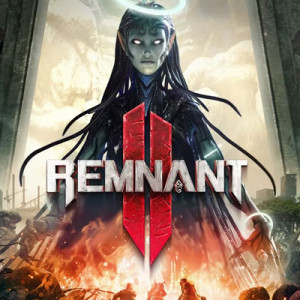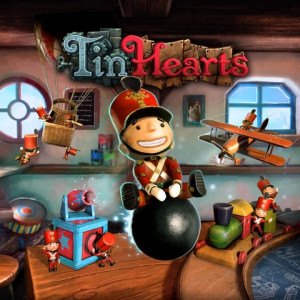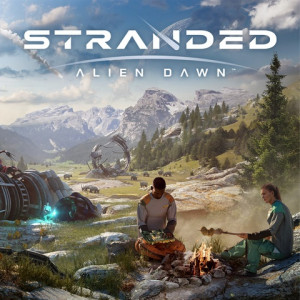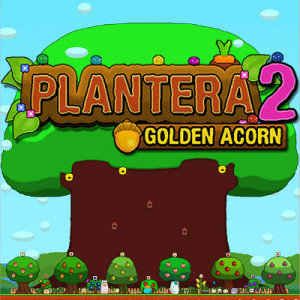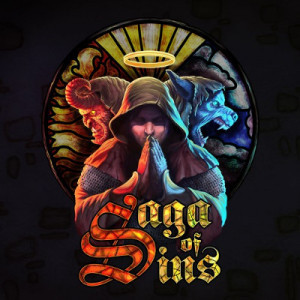A neon gleam to every edge, and the roar of distortion to every swing of a blade -- what's not to love?
This is gonna be a tricky one to review.
Not because of lack of content, or any mistakes on the part of the game itself. Rather, because this is one of those games where giving you more than the most basic pitch kind of ruins the experience to some degree. It's like trying to introduce someone to the Planet of the Apes franchise who somehow avoided the big twist for the last 40-something years. So, just trust me on this, okay? Go in blind, on the story front.
Now, luckily, with games we have things to talk about besides the story experience. So what's Phantom Trigger like as a game, intentionally separate from the story it's trying to tell? Now that, we can talk about. It's a tough-as-nails, pixel-graphics, neon-soaked hack and slash.
 Let's break some of those down. The core gameplay is pretty refined, worked down into a very simple but effective loop. You've got your analog stick to move, and four face buttons with different functions. B/bottom button is a dash, and then the other three map to different weapons: A
Let's break some of those down. The core gameplay is pretty refined, worked down into a very simple but effective loop. You've got your analog stick to move, and four face buttons with different functions. B/bottom button is a dash, and then the other three map to different weapons: A
quick sword to the left, a whip to draw your enemies in on the top, and a slower but more powerful gauntlet at the right.
It's a simple set of tools at first glance, but an effective set. Each weapon slots into three broad archetypes; their basic mechanical role, a hint of elements, and a color. As you level them up, each of the weapons unlocks new special attacks that bring these more to the forefront. The quick, blue sword can leave a frozen trail behind you with a swift evade that slows down enemies, while the red gauntlet has a dash with a lot more windup that leaves fire in its wake, for instance.
Because the weapons slot more into archetypes than fine-tuned differences in numbers, this leaves a lot of room for the depth to come from application of these tools. With enemies often attacking in very different ways, fitted into broad archetypes themselves, there are quite a few times where you have to make some very rapid decisions on how to approach a problem. The result is a central gameplay loop that gets deeper the more you understand it, without ever getting so deep in the weeds that you're looking for a combo list.
Which is a good thing, because you won't find much of one. About the only text in the game is in the form of dialogue. The interface itself is strictly pictorial, and on the Switch where standards seem to dictate that button position take place over labels, the effect is even more potent. It's a look we've seen a few times in the past, aiming to present a more classical minimalistic-instructions look while still feeding you important information.
And speaking of pictures, there is of course the graphics. The game's aesthetic is firmly in the pixel-art territory, but as an art style, rather than as technical limitation or the mimicry thereof. It doesn't worry very much about the pixel count of an asset, or the sprite count on screen, or the color palettes, in the way that a game really trying to look like it could be on a retro platform might.
But of course, there's nothing wrong with that, especially when those freedoms are put to good use. The artist, instead of using the technical limitations of vintage hardware, leans more into the practical limits of the style and of the game itself to provide the constraints. Just what details can you fit into a creature who's going to be an inch tall on a TV, to say nothing of when played on the Switch's own screen? And perhaps more importantly, which are the most striking details, the ones to capture in the sprite itself so that they come across at that scale?
And speaking of playing on the Switch's own screen, the game shines here. While a lot of games can look good on the Switch in handheld mode, I've found that pixel-art games just sing on the platform. That 720p screen might not seem like much compared to your 4k curved 3D OLED mega behemoth of a television, but the resulting density makes these assets look tack-sharp and all the more refined.
Combine that with a gameplay loop that feels more made for bite-sized interludes than some 10-hour marathon, and you have a game that feels most at home here on the Switch, despite being on PC before it ever landed on the platform. And that's without even touching on the co-op mode; it's a fairly lean example of the form, just giving a recolored version of the hero to stand next to the default one, but the Switch's joy-cons make the mode rapidly accessible in a game that's quick to explain and gets right into the fun stuff.
That said, of course not everything is perfect. Phantom Trigger does have some problems. Some of these are just quality-of-life issues; the game has a long loading screen to boot it up, for instance, even though there's little to no loading once you're actually in the game. And they've mapped your confirmation button to B/bottom button, instead of A/right button like it typically should be. But these are little quibbles, and things fairly easy to get around.
The one big problem I have, is how much you can end up relying on random chance. I could be missing a mechanic, but as far as I can tell, your two ways of getting health are to hit a checkpoint and get a full refill, or to get smaller random drops from enemies. But with no way to store that health for later, or otherwise manage your recovery, I found myself at the mercy of the random number generator, just hoping for a few drops or another checkpoint, a little too often.
But that said, even that isn't a dealbreaker, especially when there's a difficulty option right there in the pause menu. And at the end of the day, Phantom Trigger overall works, and it works really well. It's a solid indie title, and if the genre appeals, it's definitely worth the 15 dollar price tag.



